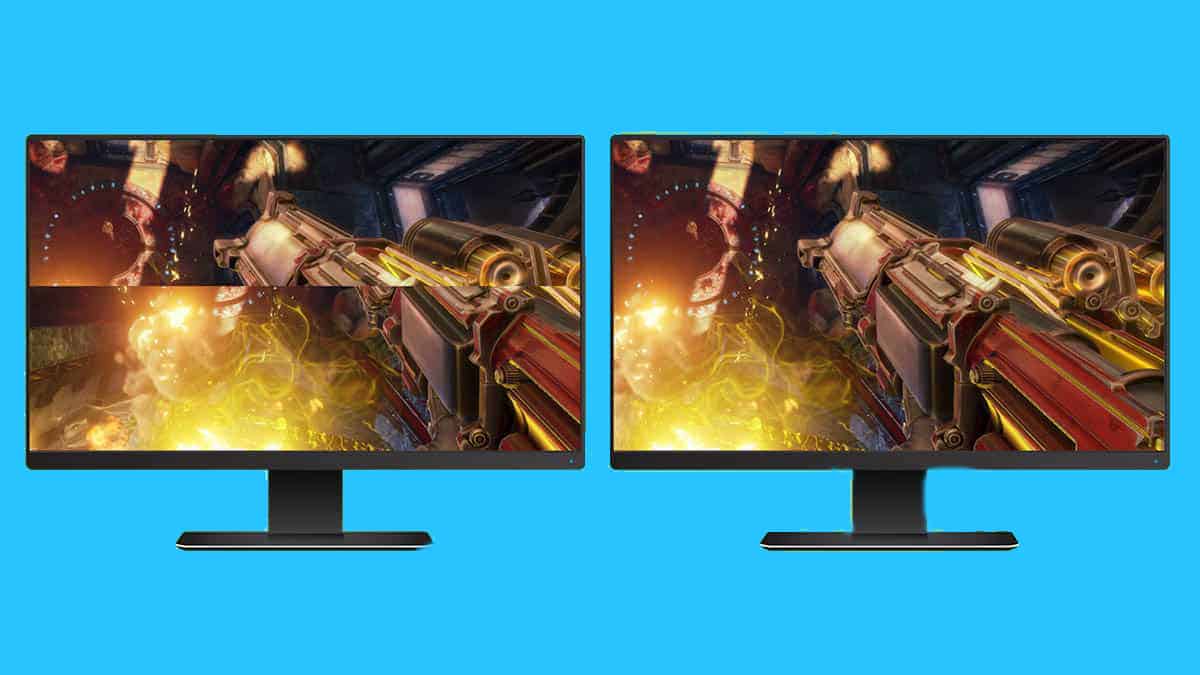Last Updated on
VSync (Vertical Sync) is a technology used to synchronize the display of graphics with the refresh rate of the monitor. It is typically implemented in graphics cards, rather than being a specific feature of a GPU.
Most modern GPUs support VSync, including NVIDIA’s GeForce and Quadro series, and AMD’s Radeon and FirePro series. However, the implementation and configuration of the technology can vary between different GPUs and graphics card manufacturers.
To use this feature, it’s important to ensure that both the GPU and monitor support the same refresh rate, as well as configure the VSync settings in the graphics driver software or game settings to ensure optimal performance.
What graphics cards support VSync?
Most modern graphics cards support VSync, including:
- NVIDIA GeForce series: RTX 4070 Ti, 4080, 4090, and previous gens such as 3080, 3080 Ti, 3090, etc.
- AMD Radeon series: RX 5000 series, RX 6000 series, the RX 7000 series, XT, and non-XT variants.
- Intel integrated graphics: Intel HD Graphics 4000 and above, Intel Iris Graphics, and Intel Iris Pro Graphics.
It’s worth noting that VSync is a feature of graphics cards that are implemented in their software drivers, rather than being a specific feature of the hardware. Therefore, the availability and performance of VSync may vary depending on the specific graphics card model, as well as the software used to implement it.
Does VSync affect fps?
Enabling VSync can affect the FPS (Frames Per Second) performance in some cases. When the feature is enabled, the graphics card waits for the monitor to finish refreshing before it displays the next frame, which can result in smoother and more stable visuals with reduced screen tearing. However, this can also lead to a reduction in FPS, especially if the GPU is not powerful enough to consistently render the graphics at the monitor’s refresh rate.
For example, if the monitor’s refresh rate is 60Hz and the GPU can only render the game at 50 FPS, VSync will force the GPU to limit the frame rate to 30 FPS (half the refresh rate) to avoid screen tearing, which can result in a noticeable reduction in performance.
However, if the GPU can consistently render the graphics at or above the monitor’s refresh rate, enabling this technology may not significantly impact FPS performance, and can result in smoother and more stable visuals. It’s worth noting that some games and applications may have their own VSync implementation that can have different performance impacts, so it’s important to test and optimize the feature’s settings based on specific hardware and software configurations.



